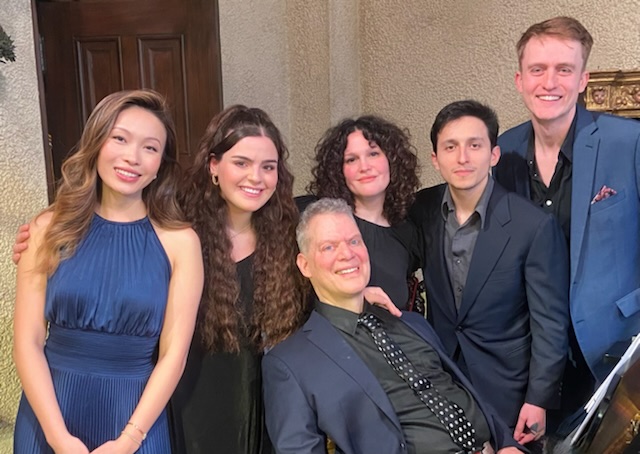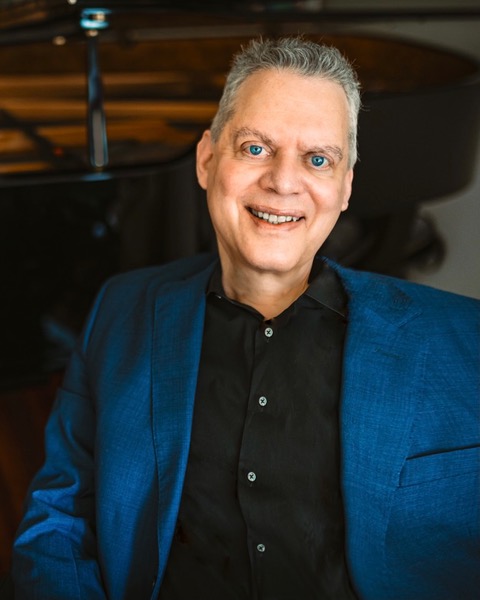My Tarzan-like innocence got challenged when I began to work at Juilliard in the early 90s—just a few years after NYFOS became a going concern. I still played things my own way, but now I had to acknowledge the traditions, and teach them if necessary, if I was going to break them. Later on I faced another challenge: by the year 2008 muscular dystrophy began to make inroads on my devil-may-care approach to the 88s. As time went by, my brain became more and more besieged with orders from every direction, some artistic, some physical, some interpretive, some technical—“Keep your elbow close to your ribs!” “There’s no ritard marked, try not to slow down!” “You need a lemon-yellow timbre to start this song, and smoky azure for page 4!” “If you don’t get your 4th finger on the F-natural right now you’re going to pay a big price!” “This song is about a playful young man, it needs rhythmic lift!”



0 Comments